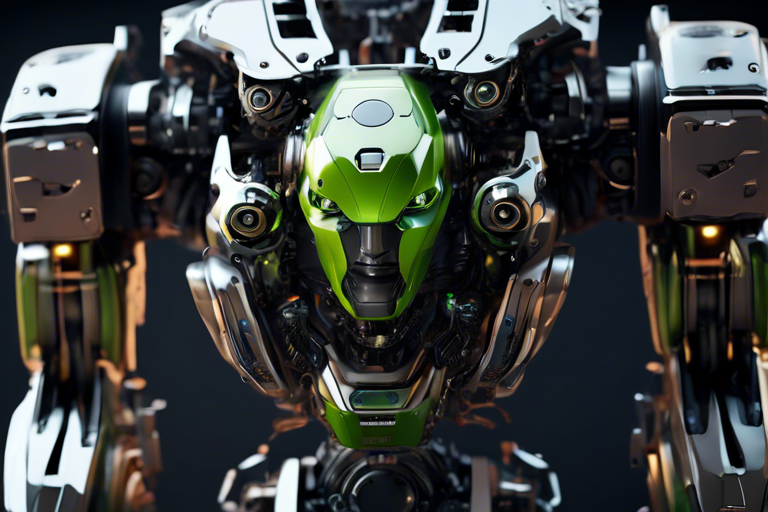NVIDIA Unveils AutoMate: A Game-Changer in Robotic Assembly Training 🤖
In a remarkable development to enhance robotic capabilities, NVIDIA has introduced AutoMate, a new framework designed to train robots for assembly tasks across various geometries. This groundbreaking framework, highlighted in a recent NVIDIA Technical Blog post, aims to bridge the gap between simulation and real-world applications.
Introducing AutoMate
AutoMate is the pioneering simulation-based framework crafted to train both specialized and general robotic assembly skills. Developed in partnership with the University of Southern California and the NVIDIA Seattle Robotics Lab, AutoMate showcases zero-shot sim-to-real transfer of skills, enabling learnings from simulation to be directly applied in real-world scenarios without the need for additional adjustments.
- Dataset comprising 100 assemblies and simulation environments
- Algorithms to train robots for various assembly tasks
- Synthesis of learning approaches to consolidate specialized skills into a general skill, further enhanced with reinforcement learning (RL)
- Real-world system capable of deploying simulation-trained skills in a perception-initialized workflow
Dataset and Simulation Environments
AutoMate’s dataset comprises 100 assemblies that are both compatible with simulation and 3D-printable. These assemblies, based on a dataset from Autodesk, offer practical applications in real-world settings. The simulation environments are designed to streamline tasks, thereby boosting the efficiency of the training process.
Training Specialists Across Various Geometries
Unlike previous NVIDIA projects such as IndustReal that leverage RL, AutoMate combines RL and imitation learning to train robots more effectively. This method addresses challenges related to generating assembly demonstrations, integrating imitation learning into RL, and selecting the most suitable demonstrations during the learning process.
Generating Demonstrations with Assembly-by-Disassembly
The assembly-by-disassembly concept involves collecting disassembly demonstrations and reversing them for assembly. This approach simplifies the demonstration collection process, which can be complex and expensive if done manually.
RL with an Imitation Objective
Integrating an imitation term into the RL reward function encourages robots to mimic demonstrations, ultimately enhancing the learning process. This aligns with previous work in character animation, providing a sturdy framework for training.
Selecting Demonstrations with Dynamic Time Warping
Dynamic time warping (DTW) is utilized to measure the similarity between the robot’s path and demonstration paths, ensuring that the robot follows the most effective demonstration at each step. This method enhances the robot’s ability to learn from optimal examples available.
Developing a General Assembly Skill
AutoMate employs a three-stage approach – behavior cloning, dataset aggregation (DAgger), and RL fine-tuning – to develop a generalist skill capable of handling multiple assembly tasks. This approach enables the generalist skill to leverage accumulated knowledge from specialist skills, improving overall performance.
Real-World Setup and Perception-Initialized Workflow
The real-world setup includes a Franka Panda robot arm, a wrist-mounted Intel RealSense D435 camera, and a Schunk EGK40 gripper. The workflow involves capturing an RGB-D image, estimating parts’ 6D pose, and deploying simulation-trained assembly skills. This setup ensures that trained skills are effectively utilized in real-world conditions.
Concluding Thoughts
AutoMate signifies a significant leap in robotic assembly, utilizing simulation and learning techniques to address a wide range of assembly challenges. Next steps will focus on multipart assemblies and further enhancing skills to meet industry standards.
For additional information, visit the AutoMate project page and explore NVIDIA environments and tools related to this innovation.
Hot Take: Embracing the Future of Robotic Assembly with AutoMate 🚀
Dear crypto reader, NVIDIA’s AutoMate framework is set to revolutionize the realm of robotic assembly with its cutting-edge capabilities. Embrace the future of robotics with AutoMate and witness a new era of efficiency and productivity in assembly tasks. Stay tuned for more advancements in this space!





 By
By
 By
By
 By
By
 By
By
 By
By
 By
By